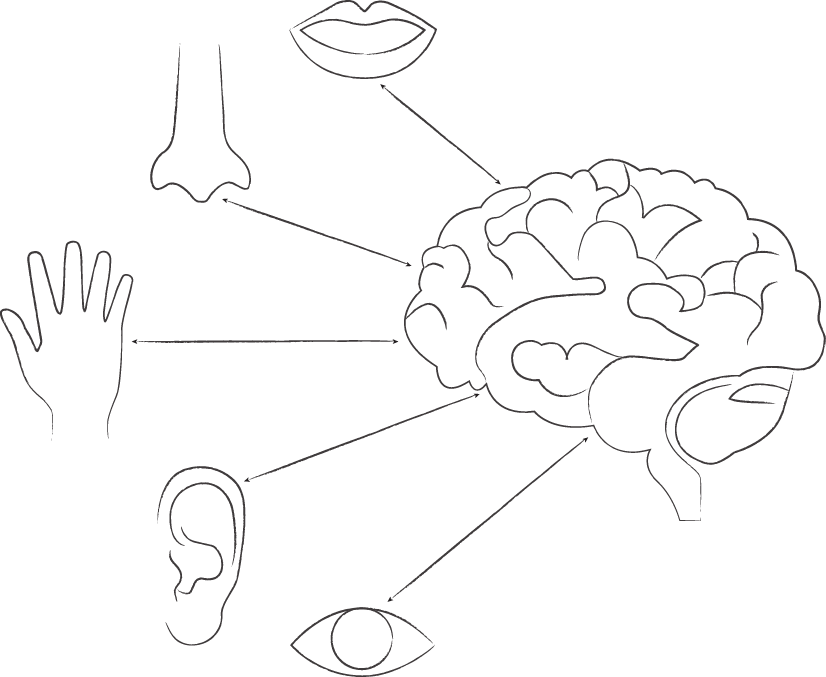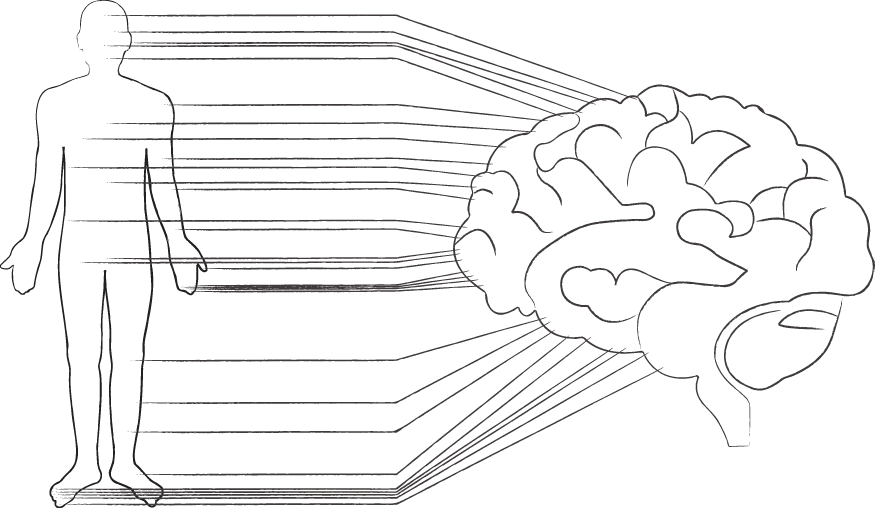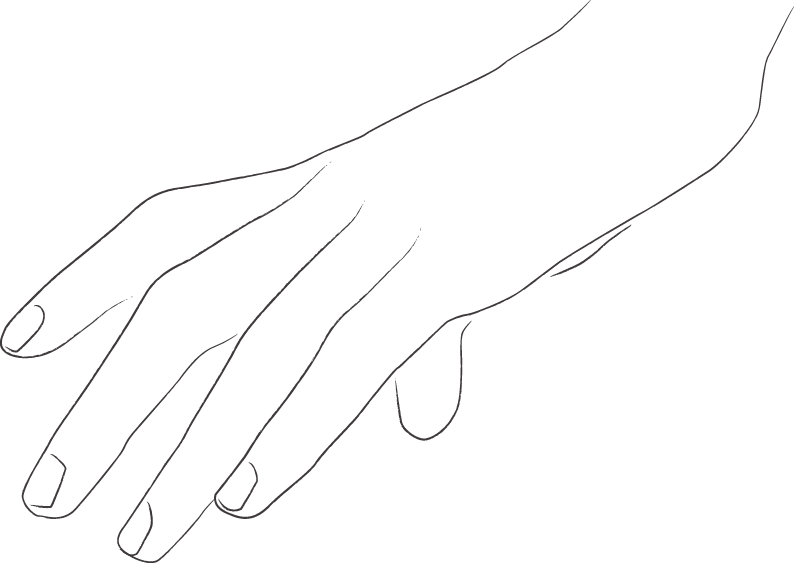Background
"Design is the provocation of the senses and a way of making us discern the world afresh."
(Kenya Hara, 2007)
(Kenya Hara, 2007)
The senses are our medium of understanding and interacting with the world that surrounds us. They permanently scan the world for information, without us even being aware of it.

The signals received by the senses are processed in the brain. In fact the brain demands the information and filters them in order to guide us properly. New information automatically prompt experiences associated with them. The newly gained impression is matched with the existing information to generate a personal valuation. This intensive interplay between brain and senses determines our perception.

"The brain does not live inside the head, even though it is its formal habitat. It reaches out to the body, and with the body it reaches out to the world."
(Juhani Pallasmaa, 2009)
(Juhani Pallasmaa, 2009)
Every body part, including the senses, has an equivalent, some sort of responsible area in the brain. These areas and their "frontiers" are not definite and static, but dynamic. The parts one stresses the most grow bigger and more efficient at the same time. Thereby those one neglects get smaller and weaker and lose space to the active areas. So there is a competition between our abilities going on in the brain. That means, the way we live constitutes our capabilities.
As a result we can shape our skills and optimize them, as long as we keep our brains challenged. At the same time we could lose important skills, if we don't practice them enough, without being actually aware of that.

Consequently our brain is shaped by the culture we live in, the requirements and challenges we face in our daily routines. The modern culture changes the demands on our body and brain. Especially the sense of touch is massively unchallenged in our everyday life, though it has a big impact on our well being. Touch does not only imply the surface of the skin, but also involves the locomotor system and organs. There are receptors in our skin, muscles, joints, tendons etc. that create a net throughout the whole body. Meaning every movement is conducted and processed by the sense of touch.
"The tendency of technological culture to standardize environmental conditions and make the environment entirely predictable is causing a serious sensory impoverishment."
(Juhani Pallasmaa, 1999)
(Juhani Pallasmaa, 1999)
For one thing technological progress leads to a reduced body involvement in the job and private life. For another thing the world around us, the material culture, is dominated by visual parameters, slick and one-dimensional surfaces without material diversity. But a healthy working sense of touch, with its motor and ergonomic implications, is a trigger for a manifold sensuous perception, because it enables mobility. Manifold sensuous perceptions again are important to keep the brain working, learning and changing for the better. Norman Doidge writes in his book "The Brain That Changes Itself" that the worst environment for the development of brain and body is a never changing environment.

"All the senses including vision, are extensions of the sense of touch: the senses are specializations of the skin, and all sensory experiences are related to tactility."
(Kenya Hara, 2007)
(Kenya Hara, 2007)
Moreover the sense of touch is the only sense that allows a direct interaction with the world. Only with the sense of touch we are able to shape and change the world around us. This interplay gives the sense of touch a special role within the senses in terms of body and brain development. Additionally it makes this sense especially interesting for the field of design, because designed objects are those that are touched and thereby the things that transmit information and signals that shape our body constitution.
As I blame the world of objects being a part of our surroundings lacking haptic stimulation, I as a designer want to create products that trigger the sense of touch, challenge and support it. By integrating those products in our homes and thus in our daily routines, they should be a sort of a permanent companion.
As I blame the world of objects being a part of our surroundings lacking haptic stimulation, I as a designer want to create products that trigger the sense of touch, challenge and support it. By integrating those products in our homes and thus in our daily routines, they should be a sort of a permanent companion.
